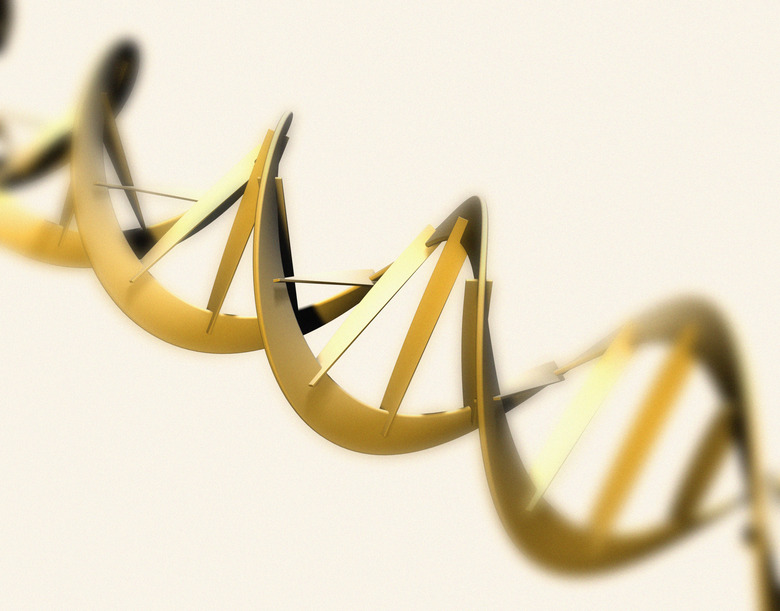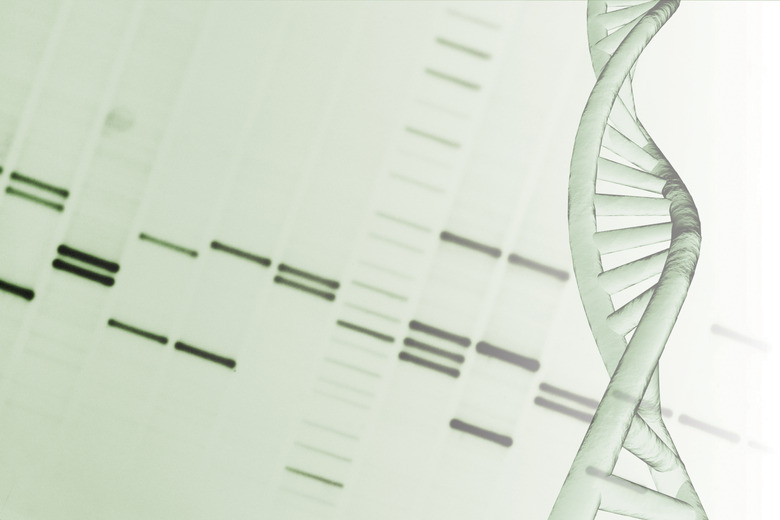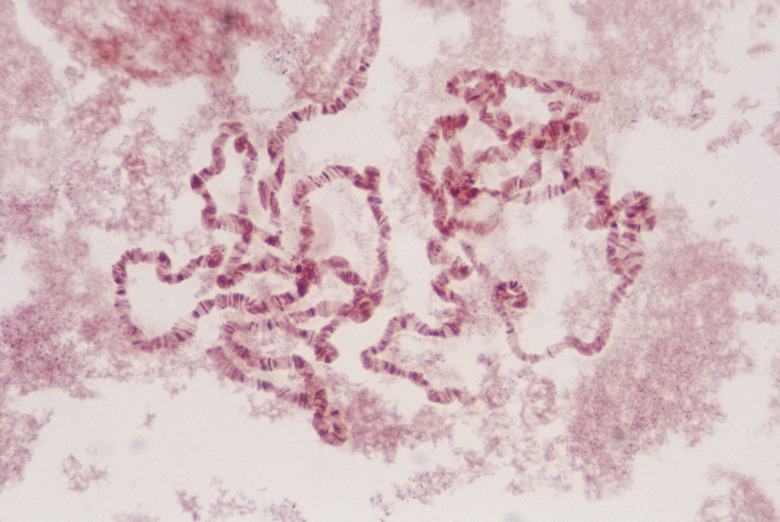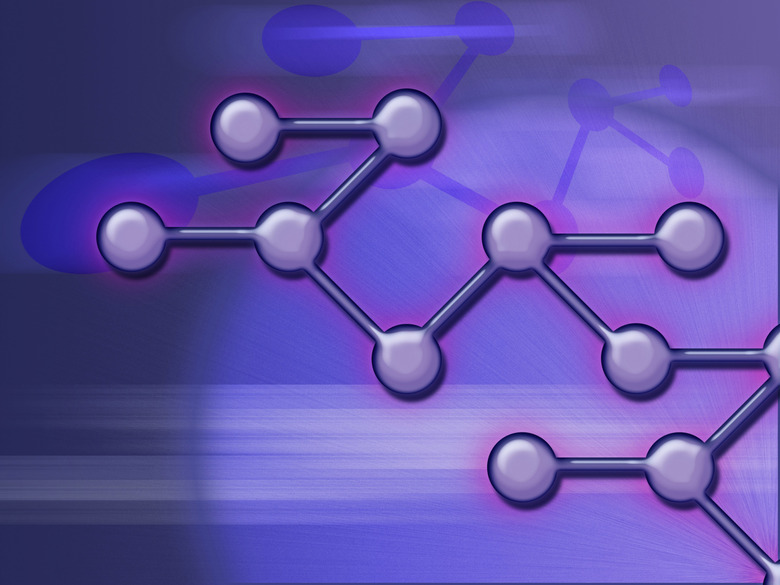Five Types Of Gene Splicing Mechanism
Alternative splicing is an integral component of biodiversity. Various species use these mechanisms to carry out regulatory functions. The main advantage of splicing is that multiple proteins can be formed from a single gene through splicing of introns and exons. However, these mechanisms can also cause various diseases if left unregulated. The most common mechanisms are exon skipping, mutually exclusive exons, alternative acceptor sites, alternative donor sites and intron retention.
Basic Understanding of Alternative Splicing
Basic Understanding of Alternative Splicing
It is not an exaggeration to say that without alternative splicing, biodiversity would not be possible. Alternative splicing can produce multiple proteins from a single gene. This flexibility allows the same gene to contribute to different traits. This is possible due to exons, which are stretches of nucleotides that remain in the RNA product, and introns, which are removed through RNA splicing. There are many modes of alternative splicing that contribute to biodiversity in eukaryotes. Activators, such as the start codon AUG, in the splice site promote splicing. These mechanisms vary in each situation and are thought to regulate cell functions based on particular conditions. However, improper splicing can also contribute to various diseases, including cancer.
Exon Skipping
Exon Skipping
This mechanism is also known as cassette exon, where an exon is spliced out of the gene during the transcription. An example would be the dsx gene in D. melanogaster (fruit fly). Males have exons 1, 2, 3, 5 and 6 while females have 1, 2, 3 and 4. A polyadenylation signal in exon 4 causes the transcription to stop at that point. Exon 4 is added to females because of one of the activators present only in females and not in males.
Mutually Exclusive Exons
Mutually Exclusive Exons
In the case of mutually exclusive exons, only one of two consecutive exons is retained during transcription. An example is the regulation of exons 8a and 8 in the CaV1.2 calcium channels. In Timothy syndrome, the alternate forms of these two exons can lead to different symptoms of the disease, which causes disruption of the calcium homeostasis needed for muscle contraction. However, both exons cannot exist in patients; only one of them is transcribed, though both are present in the gene.
Alternative 3’ Acceptor Sites
Alternative 3' Acceptor Sites
The splice junction at the 3' end is used, changing the 5' boundary of the downstream exon. An example is the Transformer (Tra) activator protein present in females of D. melanogaster (fruit fly). The original gene for Tra contains two acceptor sites where the gene can split during transcription. Males use the upstream acceptor site, which includes an early stop codon. This forms a non-functional protein. Females use the downstream acceptor site, which causes the stop codon to be excised as part of the intron, forming a functioning Tra protein.
Alternative 5’ Donor Sites
Alternative 5' Donor Sites
The splice junction at the 5' is used, changing the 3' boundary of the upstream exon. While alternative acceptor sites lead to small variations in protein sequences, alternative donor sites can lead to drastic differences in protein sequence and structure because it can cause frameshifts. An example would be the alternative donor site splicing of BTNL2 gene. The use of the upstream site, instead of the downstream site, leads to an abridged protein without the C-terminal IgC domain or the transmembrane helix. This results in predisposition to chronic inflammatory disease.
Intron Retention
Intron Retention
Similar to exon skipping, the exon is retained in the mRNA, but unlike exon skipping, the exon is not flanked by introns. If introns did exist, they are often encoded in the coding regions among the amino acids of close by exons, the stop codon, or a shift in the reading frame causing the protein to become non-functional. This is the least common mechanism of alternative splicing.
References
- Annual Reviews of Biochemistry: Mechanisms of Alternative Pre-messenger RNA Splicing
- Genes & Development: Assembly of Specific SR Protein Complexes on Distinct Regulatory Elements of the Drosophila Doublesex Splicing Enhancer
- Journal of Biological Chemistry: Regulation of the Mutually Exclusive Exons 8a and 8 in the CaV1.2 Calcium Channel Transcript by Polypyrimidine Tract-binding Protein
- Nature Genetics: Sarcoidosis is Associated with a Truncating Splice Site Mutation in BTNL2
Cite This Article
MLA
Santhosh, Lakshmi. "Five Types Of Gene Splicing Mechanism" sciencing.com, https://www.sciencing.com/five-types-gene-splicing-mechanism-23880/. 24 April 2017.
APA
Santhosh, Lakshmi. (2017, April 24). Five Types Of Gene Splicing Mechanism. sciencing.com. Retrieved from https://www.sciencing.com/five-types-gene-splicing-mechanism-23880/
Chicago
Santhosh, Lakshmi. Five Types Of Gene Splicing Mechanism last modified March 24, 2022. https://www.sciencing.com/five-types-gene-splicing-mechanism-23880/






